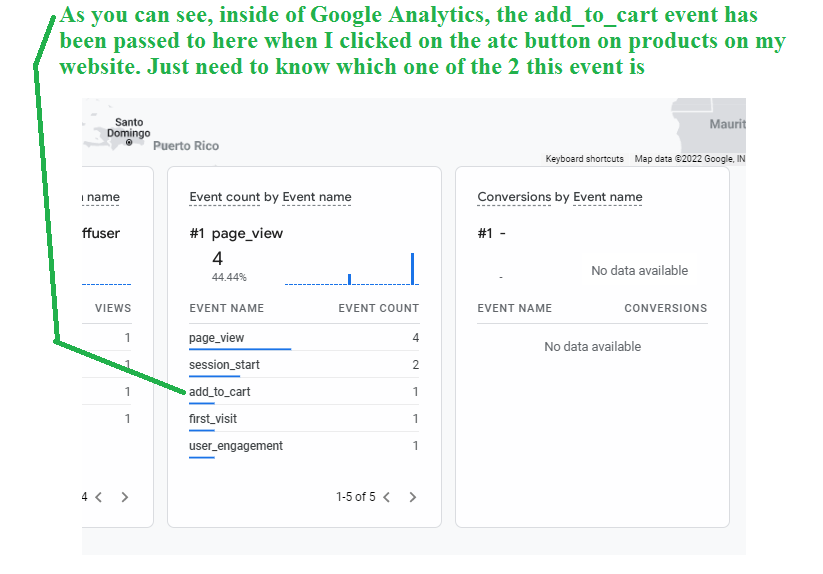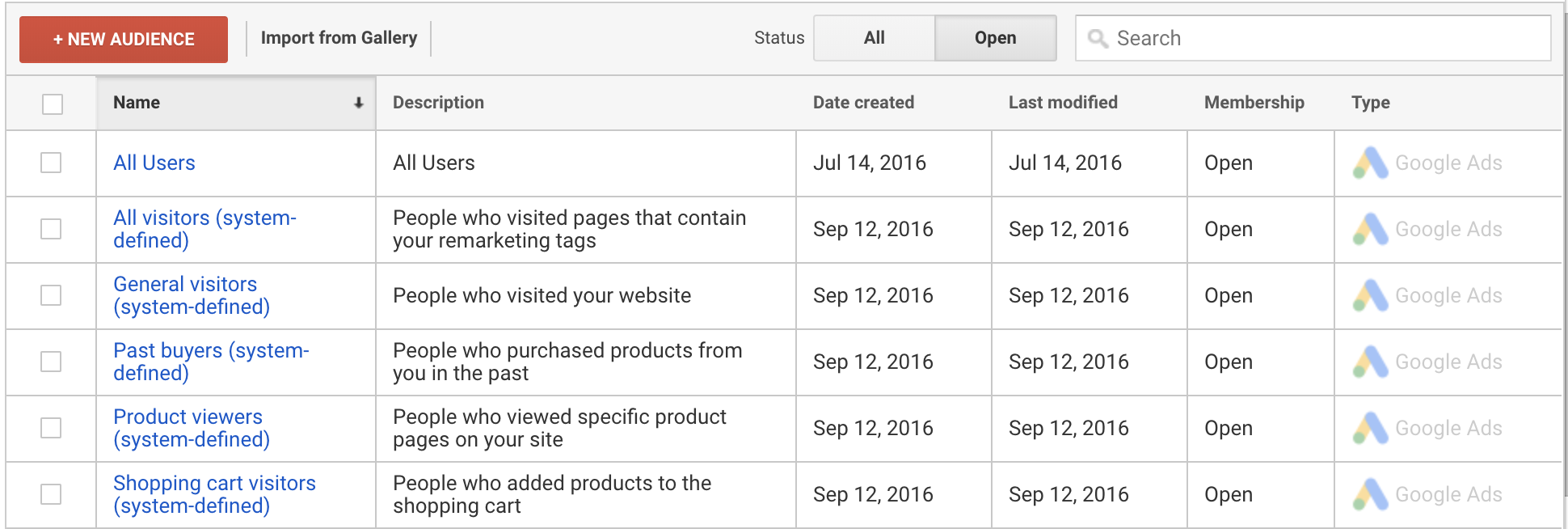Reliable Strategies for Remarketing In Google Analytics
Wiki Article
Using Remarketing in Google Analytics: A Comprehensive Guide
Using remarketing in Google Analytics supplies services a critical side in getting to out to possible clients. This overview will certainly drop light on the vital steps involved in using the complete capacity of remarketing in Google Analytics, leading to enhanced advertising end results.Understanding Remarketing in Google Analytics
Remarketing in Google Analytics enables organizations to purposefully target individuals that have actually formerly interacted with their website or mobile app. By leveraging information from Google Analytics, organizations can produce customized remarketing checklists based on user habits, such as web pages visited, activities taken, or particular goals accomplished. This effective device allows companies to re-engage with customers that have actually shown interest in their solutions or products, ultimately boosting the probability of conversion.Recognizing the various kinds of remarketing strategies is crucial for a successful campaign - What Is “Remarketing” In Google Analytics?. Google Analytics supplies different options, including common remarketing, vibrant remarketing, and remarketing lists for search advertisements (RLSA) Each kind offers an unique objective and can be tailored to meet certain marketing goals
Moreover, examining the performance of remarketing campaigns is vital for enhancing outcomes. Google Analytics gives useful understandings right into the efficiency of various remarketing approaches, enabling services to make data-driven decisions and improve their targeting strategy. By constantly keeping track of and changing remarketing efforts based on analytics information, services can make the most of ROI and drive success in their marketing initiatives.
Establishing Remarketing Campaigns

After establishing audience listings, the next step is to link Google Analytics with Google Advertisements. By connecting these two platforms, organizations can flawlessly move target market listings from Google Analytics to Google Ads for remarketing objectives. This combination enables even more exact targeting and better project performance.
When the accounts are connected, services can produce remarketing projects in Google Advertisements utilizing the target market details formerly defined in Google Analytics. These projects can be personalized with specific ad creatives, messaging, and bidding methods to successfully re-engage with previous visitors and drive conversions. By complying with these steps, organizations can utilize the power of remarketing to improve their advertising efforts and enhance ROI.
Making Use Of Target Market Division Approaches

Predefined sectors in Google Analytics allow you to promptly evaluate common target market groups fresh individuals, returning individuals, or individuals that completed a details goal on your web site. Custom-made segments, on the various other hand, enable you to produce unique sectors based upon specific criteria that are necessary to your company objectives. Dynamic remarketing listings immediately change based on user actions, showing individualized advertisements to customers who have communicated with your website specifically methods.
Analyzing Remarketing Performance Metrics
Upon assessing the performance of remarketing campaigns in Google Analytics, the analysis of essential efficiency metrics offers important understandings right into audience involvement and conversion rates. By delving right into metrics such as click-through prices (CTR), conversion rates, cost per purchase (CERTIFIED PUBLIC ACCOUNTANT), and return on ad invest (ROAS), marketing experts can evaluate the success of their remarketing initiatives. CTR shows the percentage of customers who clicked the ad after watching it, showing the ad's importance and charm. Conversion rates measure the percent of customers that finished a wanted action, such as buying, after clicking the advertisement. Certified public accountant exposes the typical price incurred for each and every conversion, helping examine campaign productivity. ROAS, on the other hand, quantifies the income produced for each buck invested in advertising and marketing. Evaluating these metrics enables marketing professionals to optimize projects, improve target market targeting, and allocate spending plans efficiently to improve general remarketing performance.Enhancing Remarketing Approaches
When refining remarketing methods in Google Analytics, focusing on audience segmentation is extremely important for achieving project success. By splitting your target market right into details segments based on their habits, demographics, or passions, you can customize your ads much more effectively to every group. This targeted approach enhances the likelihood of involving customers that have already shown passion in your services or products, leading to greater conversion rates.One more essential facet of maximizing remarketing methods is continually screening and refining your projects look here (What Is “Remarketing” In Google Analytics?). A/B testing different advertisement creatives, messaging, or deals can aid you identify what reverberates ideal with your audience and drives one of the most conversions. By analyzing the efficiency of these tests in Google Analytics, you can make data-driven decisions to maximize your remarketing efforts further
Additionally, leveraging vibrant remarketing can significantly go now boost your campaign results. This feature allows you to show personalized advertisements to individuals based on their previous communications with your internet site, showcasing solutions or products they have actually formerly viewed. By providing customized content to customers based on their interests and behaviors, vibrant remarketing can aid increase engagement and drive conversions.
Verdict
To conclude, using remarketing in Google Analytics is a tactical technique to target individuals who have actually previously involved with a website. By producing customized audience lists and using audience segmentation approaches, companies can maximize remarketing projects for raised conversion prices. Assessing efficiency metrics and continually optimizing approaches are vital for optimizing the efficiency of remarketing efforts.Google Analytics uses various alternatives, including conventional remarketing, dynamic remarketing, and remarketing check here checklists for search ads (RLSA)After establishing up target market checklists, the following step is to connect Google Analytics with Google Ads. By connecting these two systems, services can effortlessly transfer target market lists from Google Analytics to Google Ads for remarketing purposes.Once the accounts are linked, services can develop remarketing campaigns in Google Advertisements utilizing the target market lists previously specified in Google Analytics.When refining remarketing approaches in Google Analytics, concentrating on audience division is critical for attaining project success.
Report this wiki page